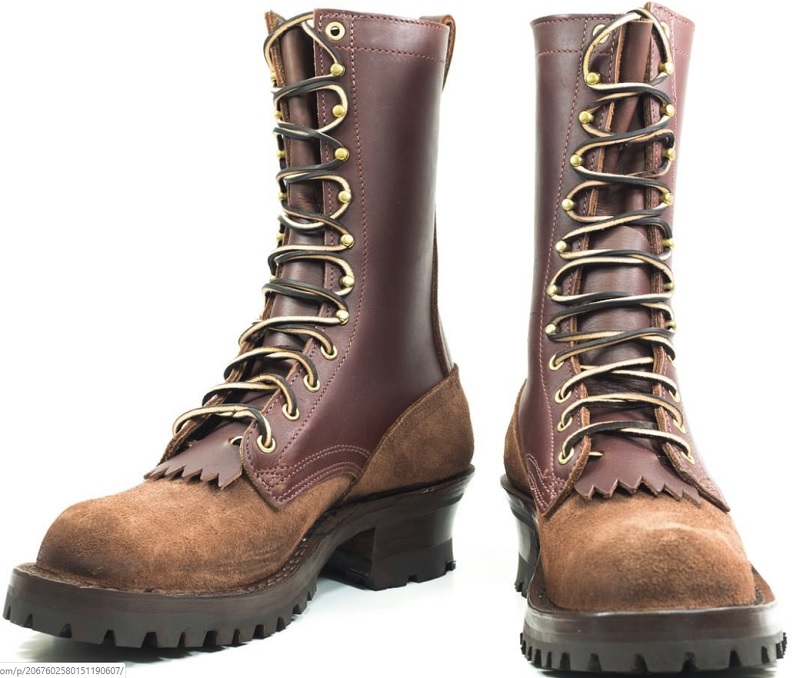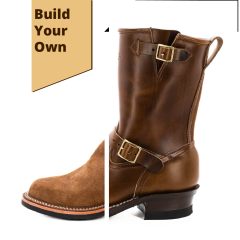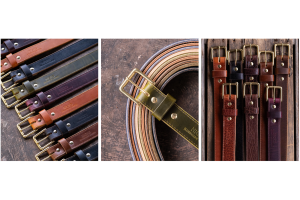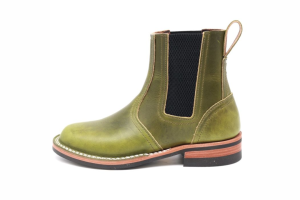How Tall Should My Work Boots Be?

How Tall Should Workboots Be
Boots have changed a lot in make and appearance throughout history, but their basic function has remained the same: to provide protection from the elements and support for feet traversing rough terrain. How much protection and support a person needs, however, depends on many factors such as environment, occupation, and even (historically) social standing. Boots first appeared on the scene somewhere between 12,000 and 15,000 BC, as evidenced by a cave painting in Spain dated to this time. Since then, boots have taken on many roles and forms—from the thigh-high leather boots of the 15th century to sabots, simple wooden shoes worn by peasants to protect their feet during farming.
While the style of boots has been as much influenced by fashion as practicality, the height of your work boot is no arbitrary matter. You’re not living in the ancient world where boots functioned primarily as a symbol of power and wealth, as a way to distinguish oneself from the barefoot majority. Your work boots are a tool, not just decoration. Sure, you want to look good while you’re climbing ladders, clearing brush, or crawling under the belly of a truck (just as long as a little dirt is included in the get-up).
But what’s more important is that your boots give you the comfort, protection, and stability necessary to get your job done safely and well. And depending on your line of work, the ideal boot height differs. Welders don’t have the same safety requirements as linemen, nor engineers the same as firefighters. A boot that keeps you injury-free in the backcountry may just be plain bulky and constricting in the shop. So how do you know which height to choose?
Standard Boot Heights

A 10” boot is the most common height for a pair of serious work boots. Our popular BuilderPro and HotShot series both come in this size. A ten incher will give you optimum ankle support and protection for your foot, ankle, and lower calf. If you’re a mechanic, construction worker, logger, tradesman, or firefighter, you’ll probably need the extra line of defense against heavy equipment, sharp tools, and rough terrain.
Going down two inches to the 8” gives you a boot with slightly less ankle support and protection, but more freedom of movement and breathability. Still a durable work boot that offers all-day comfort and stability, it’s great for farmers, ranchers, and warehouse workers. The Ranger, Packer, Traveler, James, and William are all built to this size.
If you are frequently in the office or don’t want to have to lace up boots for the entire day, a 6” boot is great, both for casual fashion and for lighter work. Whether you’re on your feet for the entire day and want the comfort of a work boot with the class of a dress shoe, or you need a hardier casual boot to withstand serious weather, we’ve got you covered. Check out the Robert, Charley, and Falcon for some of our favorite six inchers.
Taller Boots
While 12 and 14 inch boots are less common, our made to order option allows you to choose these heights for extra protection. Additionally, the Woodsman comes in either 10” or 12” for serious logging work, and we designed our Lineman boot to be 16” for maximized leg support while climbing poles or standing on rungs. For most heavy duty work, however, ten inches is the definitive boot height, offering the perfect combination of comfort and safety.
The Takeaway?
In the end, your line of work is the best determining factor for how tall your boots should be. Just as different jobs have different requirements for clothing, helmets, eye protection, etc., so too different jobs necessitate different boots. When it comes to support and protection, one size doesn’t fit all. Once you successfully pick the right make and model of boots, you’re one step closer to keeping your mind off your feet and focusing on what matters—the job in hand.







